Rentech
The national energy regulator Nersa says it registered 124 solar generation facilities in the last three months of 2023 ÔÇô October to December ÔÇô capable of generating 605MW of energy and representing R7.8 billion of investment.
Of the 124 total, the regulator registered three generation facilities for commercial purposes, with a capacity of 77MW and an investment cost of R1.7 billion.
However, despite the boom in solar investment, Nersa raised concerns over the severe lack of battery energy storage systems (BESS) involved, noting only two projects that included this (representing only a capacity of 1MW, and an investment of R4 million).
ÔÇ£BESS technology has not reached maturity within the South African Electricity Supply Industry,ÔÇØ it said. ÔÇ£This can be attributed to financial implications and the culture that BESS technology is considered new within the market.ÔÇØ
Nersa said that this trend risks deepening the ÔÇÿCalifornia Duck CurveÔÇÖ ÔÇô which shows the timing imbalance between peak demand and solar power generation.
In simple terms, this represents the issue where demand for grid power drops significantly during the daytime hours when solar energy is more abundant but then spikes up in the early morning or evening hours when the sun is not shining.
Without battery storage attached to solar generation for demand to draw from in those hours, this leads to increased grid stress and disrupts demand and economic models needed to address power use.
Similar patterns are already being seen in South Africa, where morning and evening demand peaks force national power utility Eskom to turn to expensive peaking generators ÔÇô like open cycle gas turbines ÔÇô to meet spikes in demand.
Nersa said there is a critical need for registration applications for generation facilities of variable energy sources to be coupled with battery storage to avoid exacerbating this.
Provinces driving solar
Looking at the registered projects, the Western Cape and Gauteng have been driving the solar push, registering 33 and 23 generation facilities over the quarter.
However, it is the North-West that has drawn the most investment, with its eight projects covering R3.5 billion of the total draw, accounting for more than half of the total megawatts generated.
The North-West installed capacity over the three-month period was 372MW, attributed to the mining activities in the province, according to Nersa.
Regarding the energy exported through the national grid, 86 generation facilities are connected to the Eskom network and generate a total of 568MW, with a total investment cost of R7.2 billion.
A total of 38 generation facilities are connected to the municipal distribution network and generate a total of 37MW, with an investment cost of R500 million.
The average investment cost for the third quarter of the 2023/24 FY was R12,817/kW, the regulator noted.
Read: Major blow for South AfricaÔÇÖs R180 billion move away from coal




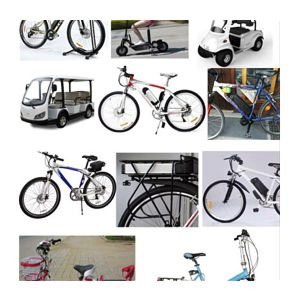



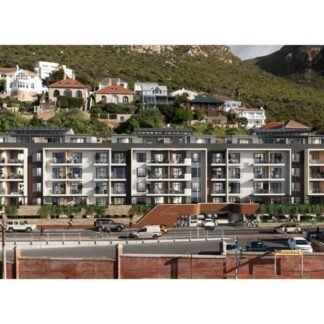

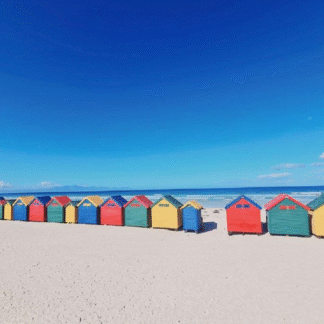





















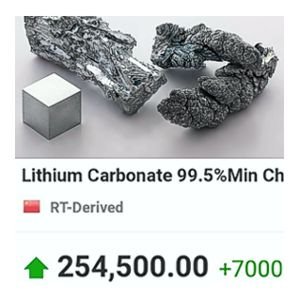
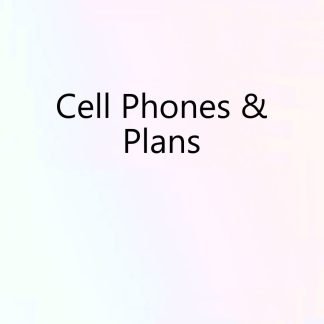

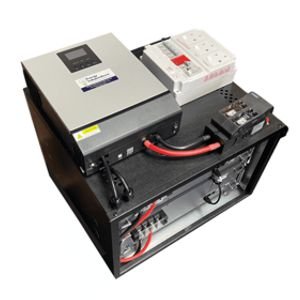


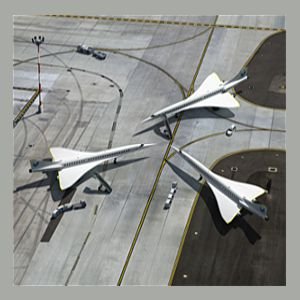
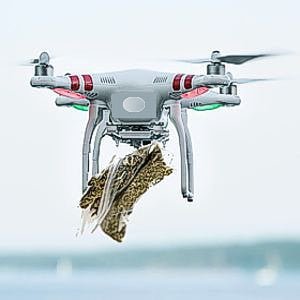
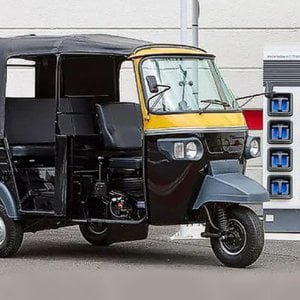
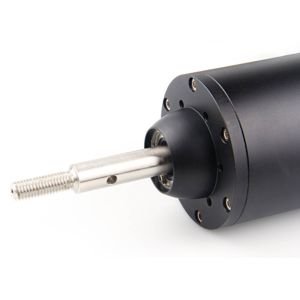

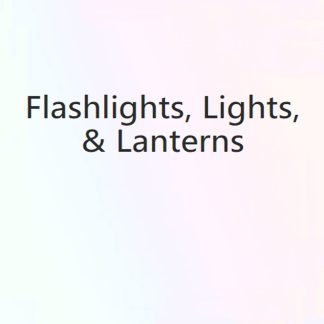
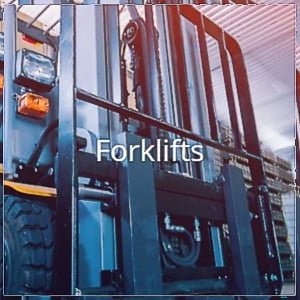

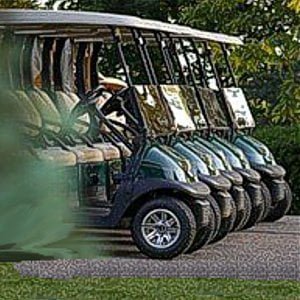
2 thoughts on “South Africa registers R7.8 billion in new solar solutions”
Your article helped me a lot, is there any more related content? Thanks!
Your article helped me a lot, is there any more related content? Thanks!